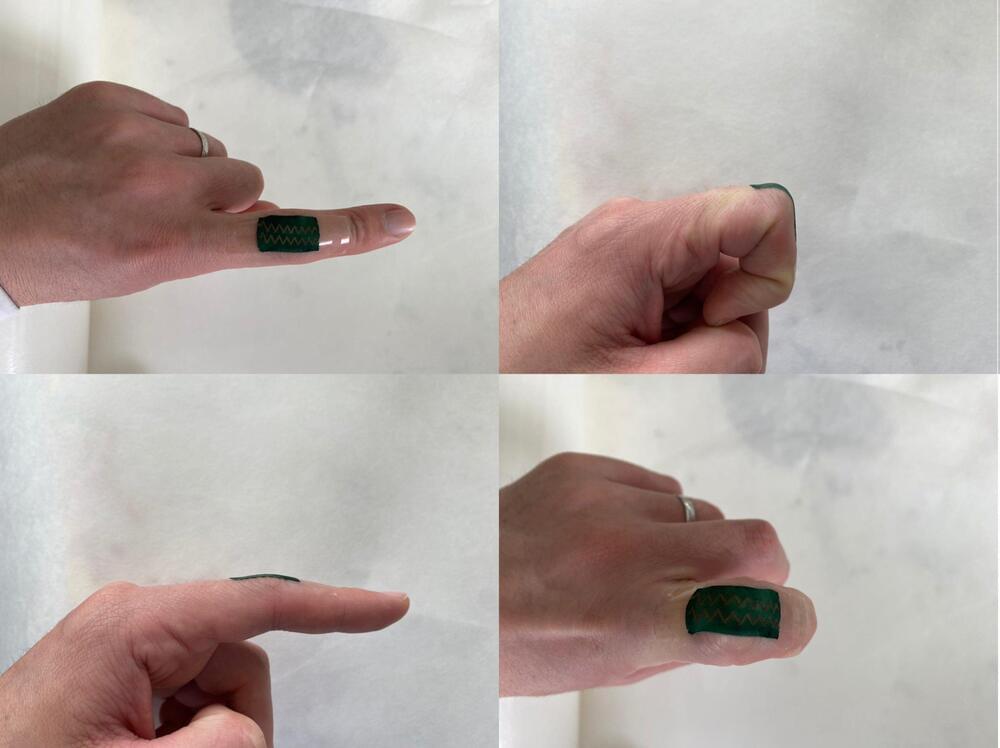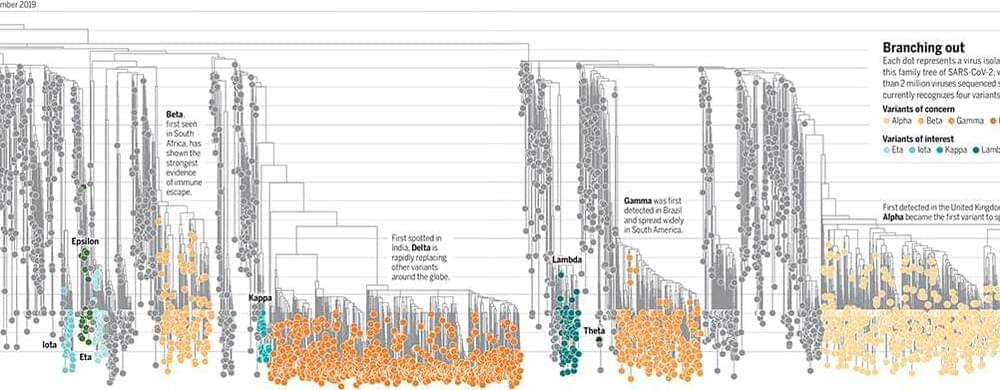There’s no need to don uncomfortable smartwatches or chest straps to monitor your heart if your comfy shirt can do a better job.
That’s the idea behind “smart clothing” developed by a Rice University lab, which employed its conductive nanotube thread to weave functionality into regular apparel.
The Brown School of Engineering lab of chemical and biomolecular engineer Matteo Pasquali reported in the American Chemical Society journal Nano Letters that it sewed nanotube fibers into athletic wear to monitor the heart rate and take a continual electrocardiogram (EKG) of the wearer.








